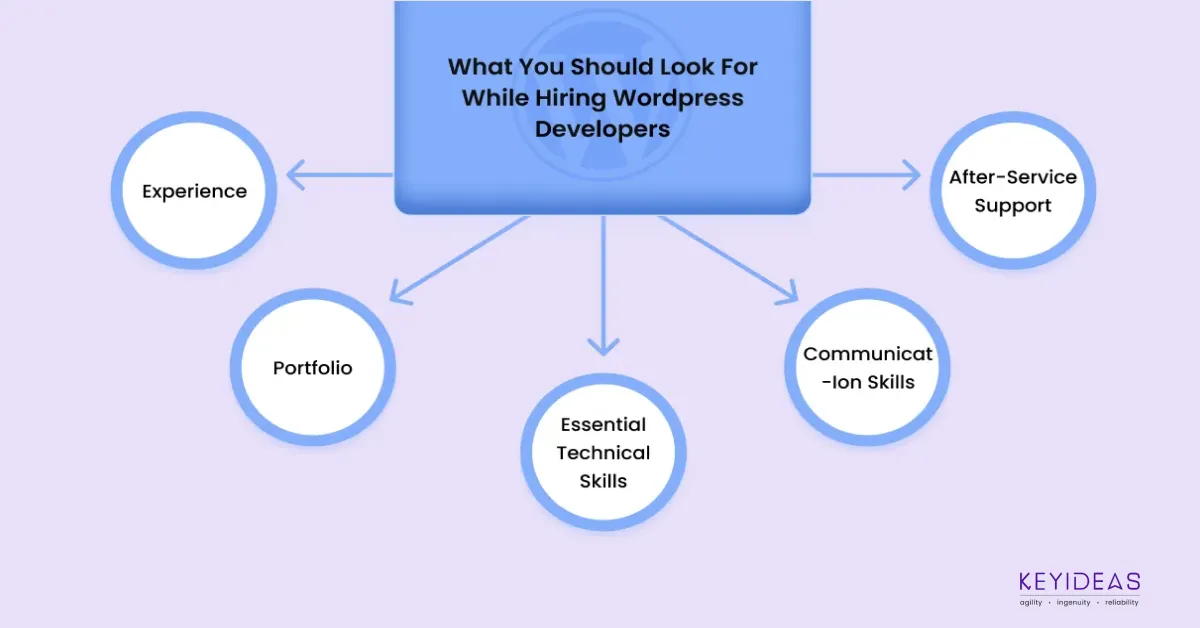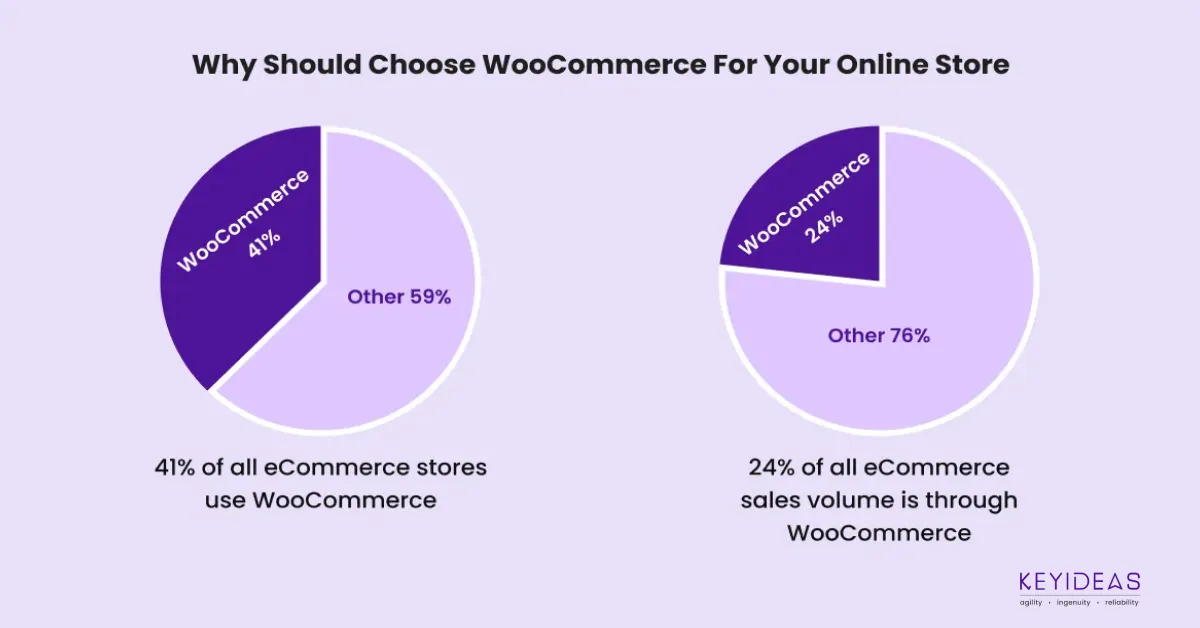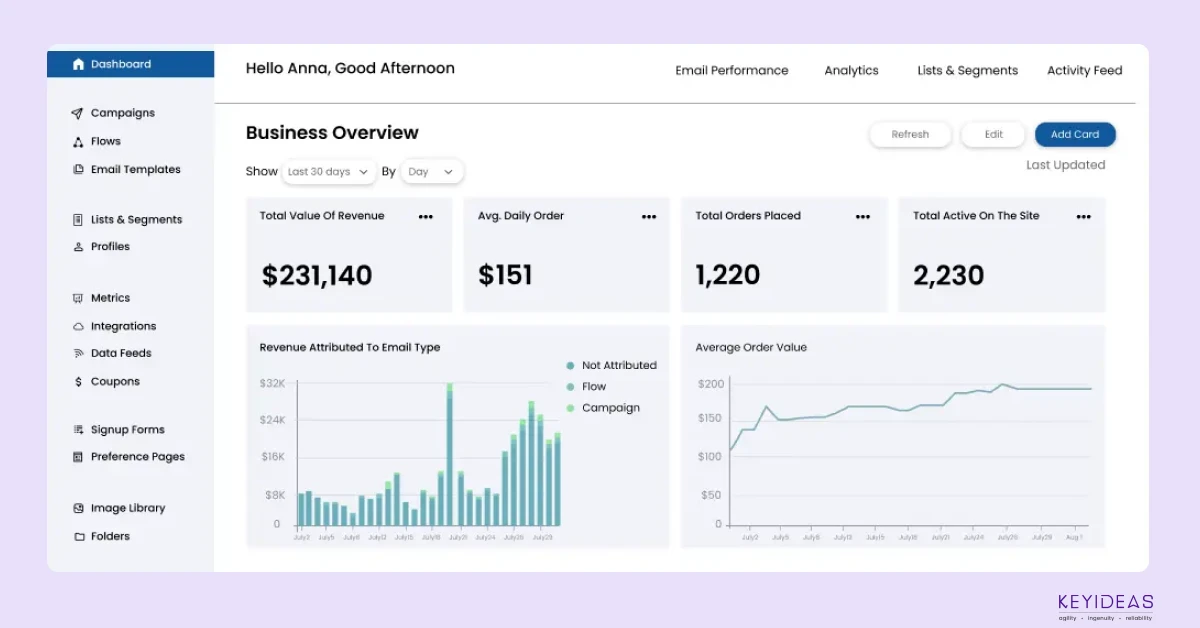
Choosing the Right Software Outsourcing Partner for 2024
In the rapidly evolving tech landscape, finding the right software outsourcing partner in 2024 is more important than ever. The right partner can significantly boost your project’s success, providing access to a global pool of talent, cutting-edge expertise, and cost-effective solutions.
However, making the right choice requires careful evaluation of multiple factors, from technical skills to communication capabilities, to ensure that the partnership aligns with your business goals.
Key Factors to Consider While Choosing a Software Outsourcing Partner
Choosing a reliable software outsourcing partner involves assessing various elements to ensure they meet your project needs. These key factors will guide you in making an informed decision and help mitigate potential risks.
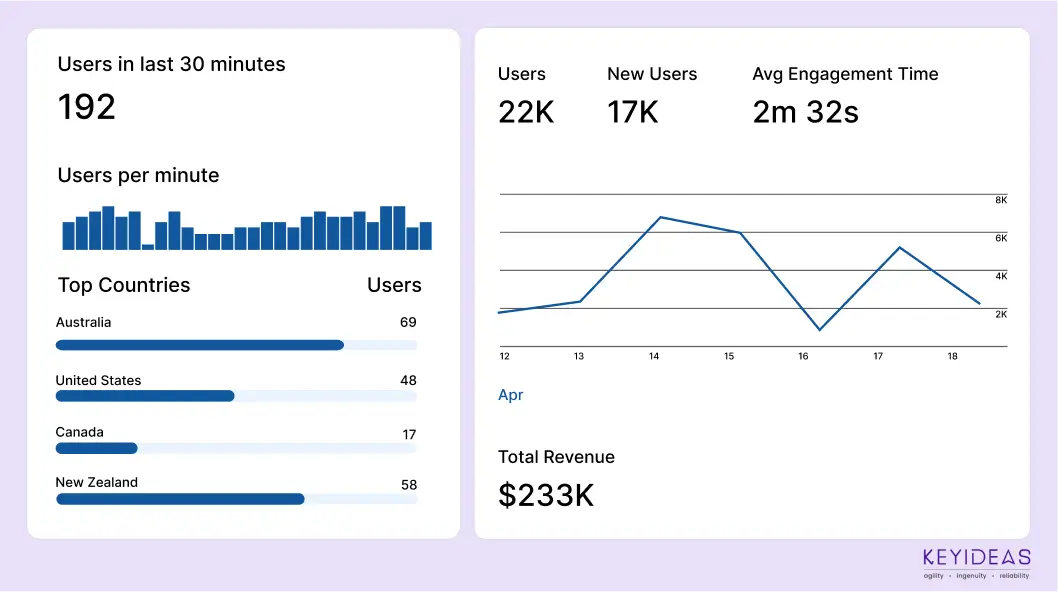
Technical Expertise and Experience
A strong partner should possess deep technical knowledge and relevant experience in your industry. Ensure they have a proven track record in delivering high-quality software solutions.
Communication and Cultural Compatibility
Effective communication is critical for successful collaboration. It’s essential to choose a partner that aligns with your communication style and understands your business culture to minimize misunderstandings.
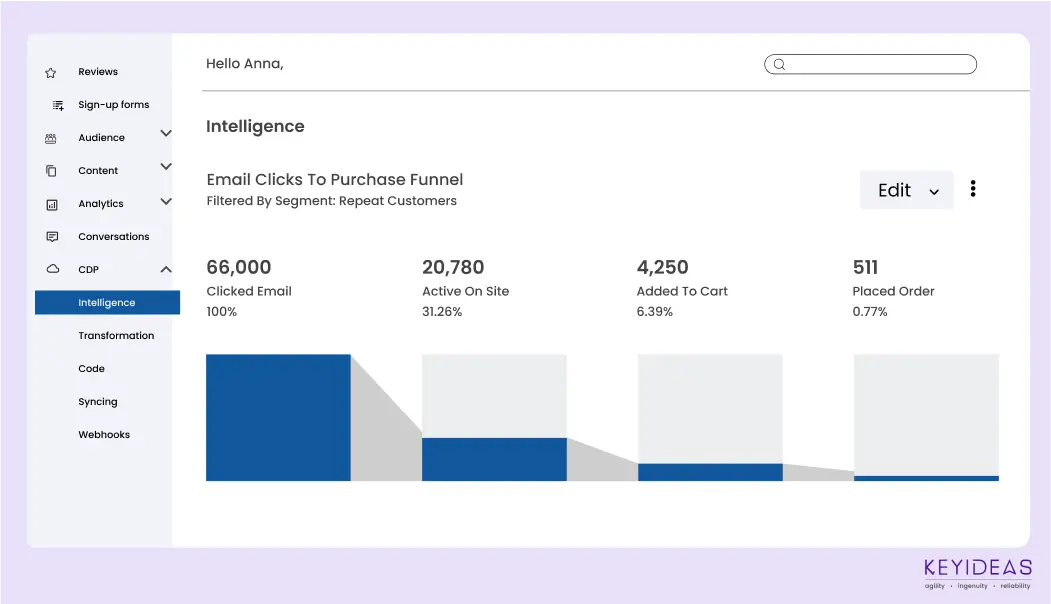
Project Management and Infrastructure
Assess the partner’s project management processes and the infrastructure they use to handle complex software projects. A robust system ensures that timelines and quality expectations are met.
Cost and Pricing Structure
Analyze the cost structure to ensure it fits your budget without compromising quality. Understanding the total costs, including hidden fees, will help avoid unexpected expenses down the line.
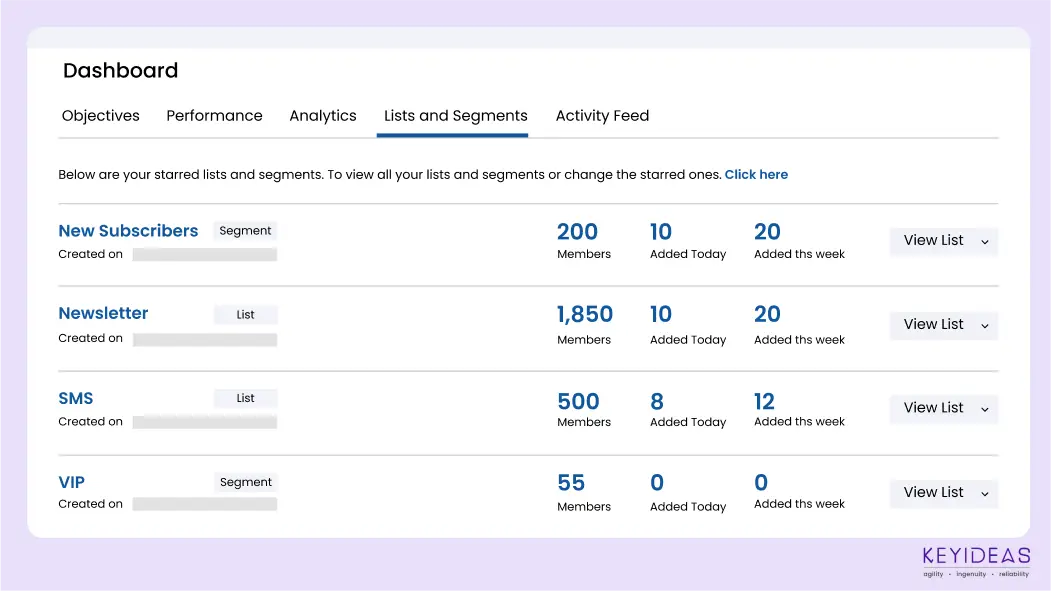
Customer Reviews
Check customer reviews to gauge satisfaction levels with the outsourcing partner. Consistent positive feedback reflects reliability, while negative reviews should be red flags.
Understanding Software Development Outsourcing Models
Selecting the right outsourcing model is crucial for your project’s success. Each model offers different levels of control, cost, and scalability, allowing businesses to choose the best fit for their unique needs.
Careful consideration of these factors ensures smoother project execution and better alignment with business objectives.

IT Staff Augmentation
This model allows you to fill skill gaps in your existing team by temporarily hiring specialists. It’s ideal for businesses needing short-term expertise without full-time commitments.
Dedicated Teams
A dedicated team model provides an external team that works exclusively on your project. This option is ideal for long-term projects requiring full-time focus and close collaboration.
Outsourced Development Services
With full outsourcing, the partner handles the entire development process, allowing you to focus on core business tasks. It’s an excellent option for businesses that need to delegate their software projects entirely.
Evaluating Outsource Software Development Vendors
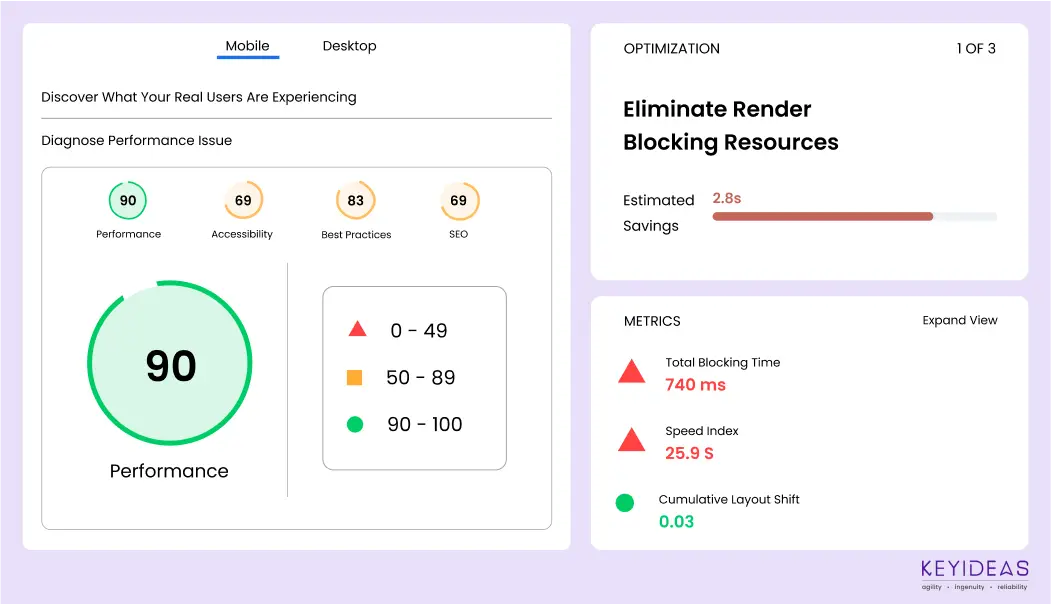
When evaluating potential vendors, it’s essential to thoroughly examine their capabilities and processes. Assess their methodologies, technology stack, and past work to ensure they align with your project needs. This deeper evaluation helps identify the best fit for successful collaboration.
Assess Their Methodologies
Ensure the vendor uses a development methodology that aligns with your project management style, such as Agile or Waterfall, to ensure smooth collaboration. Additionally, confirm that their team has experience successfully implementing this methodology in similar projects.
Verify Their Technology Stack
Check if the vendor’s technology expertise matches your project’s requirements, whether it’s for mobile development, web design, or custom software. It’s also important to evaluate their experience with the specific technologies and tools that are critical to your project’s success.
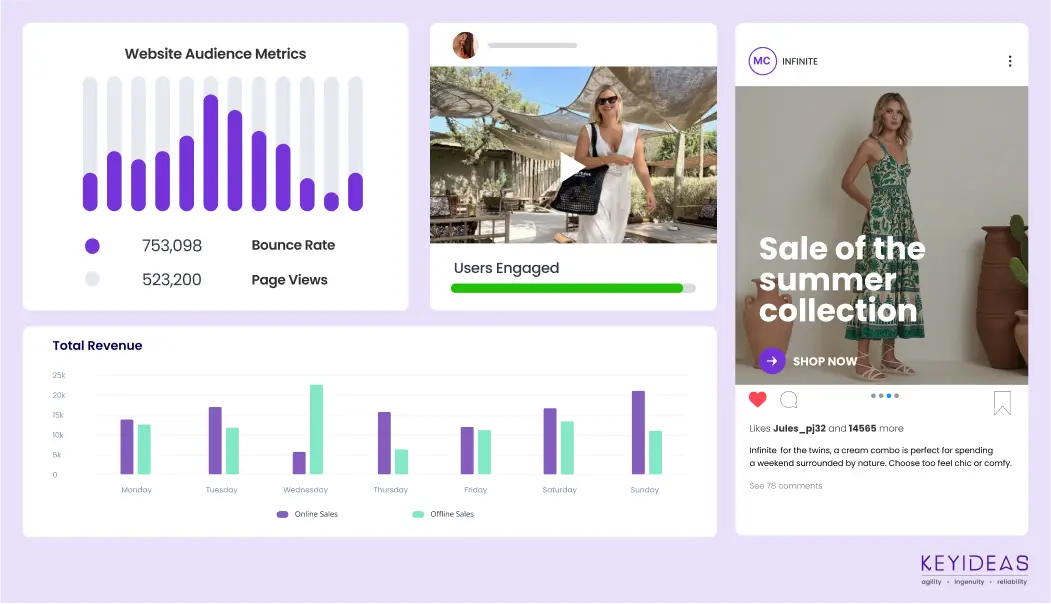
Request Demos and Prototypes
Ask for demos or prototypes of their previous work to evaluate the quality and functionality of their past projects. This will give you insights into their design capabilities and how well they can translate your requirements into effective solutions.
Conclusion
Choosing a software outsourcing partner in 2024 requires a thoughtful approach, considering both technical and business aspects.
By evaluating key factors such as expertise, communication, pricing, and security, and by understanding different outsourcing models, businesses can find a reliable partner who aligns with their goals.
This will ensure a successful outsourcing collaboration that drives innovation and delivers high-quality results.
PHP Laravel Service Provider creates full-stack & robust PHP web applications for you. Hire an expert offshore Laravel Development Company to get your app done.
Hire a top-rated Bagisto Development company from India. Bagisto development services are creating feature-rich Laravel-based E-store for your online business.
Looking to hire & work with top WordPress developers? Then this guide is for you. Know the major characteristics of the best WordPress site development company.
Looking for a WooCommerce expert developer? Look no further than our top WooCommerce developers. Get high-quality, WordPress-based eCommerce solutionss.


